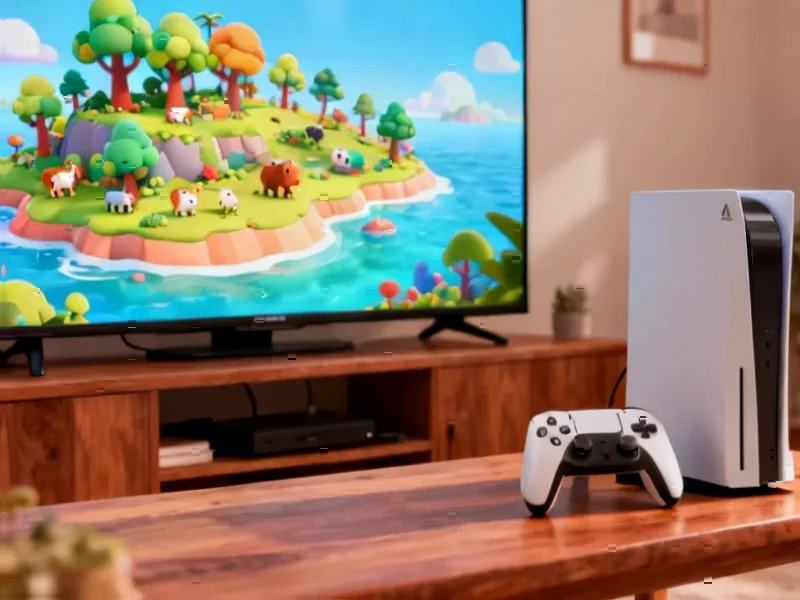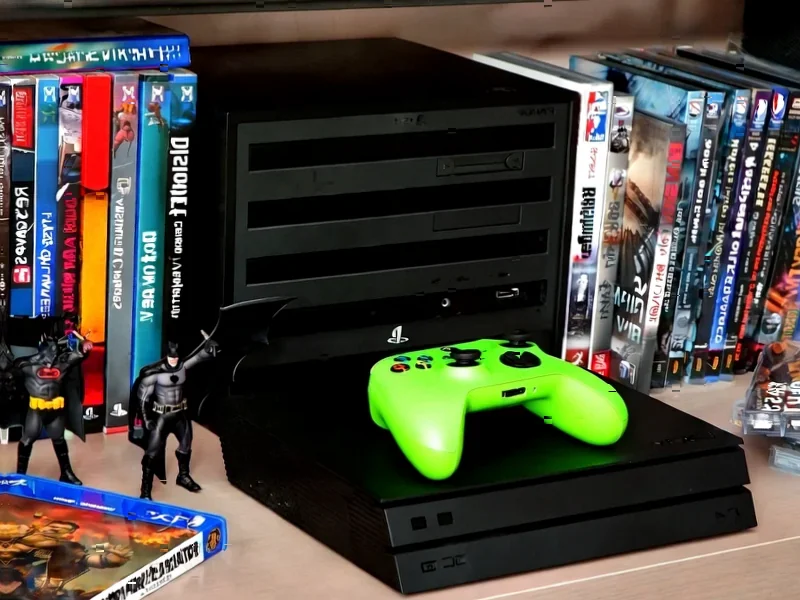According to IGN, Nintendo has officially confirmed it will “shift” its primary development focus to the Switch 2 platform following the new console’s record-breaking launch. The company revealed that 84% of Switch 2 owners previously owned the original Switch, showing what Nintendo calls a “uniform migration” between console generations. Between June 5 and September 30 alone, Nintendo sold an astonishing 10.36 million Switch 2 consoles, making it the biggest console launch in history. The company now has 128 million annual playing users and 34 million Nintendo Switch Online subscribers. This strategic shift comes as Nintendo’s latest sales presentation shows the company is ready to move beyond cross-gen titles and paid upgrades toward more Switch 2 exclusives.
What this actually means
So Nintendo’s basically saying the training wheels are coming off. We’ve seen this pattern before with console transitions – the first six months are always this awkward dance between supporting the old hardware and showcasing the new one. But now they’re explicitly stating that future development will prioritize Switch 2. That means we’re probably done seeing major cross-gen releases after the current pipeline clears out.
Look at what’s been happening so far – we got some Switch 2 exclusives like Mario Kart World, but also a bunch of paid upgrades for existing Switch 1 games. That was the safe play to ensure a smooth transition. Now? They’re confident enough to go all-in. And honestly, with 10.36 million consoles sold in basically one quarter, can you blame them?
The real story in the numbers
Here’s what fascinates me about that 84% migration rate. It’s not just that people are upgrading – it’s that they’re upgrading evenly across the entire Switch 1 lifecycle. The largest group came from the 2017 launch buyers, sure, but Nintendo’s own sales presentation shows no concentration in any specific period. People who bought Switch 1 in 2018, 2019, 2020 – they’re all moving to Switch 2 at roughly the same rate.
That’s incredibly valuable data for Nintendo. It means their audience isn’t just the hardcore early adopters – it’s everyone. The parents who bought a Switch during the pandemic, the casual gamers who picked one up for Animal Crossing, the kids who got one last Christmas. They’re all coming along for the ride. And that creates this incredible foundation for the next 7-8 years of software sales.
Where this is heading
I think we’re about to see Nintendo get aggressive with Switch 2 exclusives in 2025. They’ve proven the hardware sells, they’ve proven the audience will follow, and now they need to prove why people need this new console. That means games that simply couldn’t run on Switch 1 – whether that’s technically demanding titles or experiences that leverage the new hardware features.
The question isn’t whether Nintendo can sell consoles – they’ve already answered that emphatically. The real test is whether they can maintain this momentum through the crucial second and third years. But with 400 million Nintendo Accounts registered and what industry analyst Tom Phillips calls “unprecedented engagement metrics,” they’ve got the player base to make it work. Basically, Nintendo’s playing with house money right now, and they know it.




